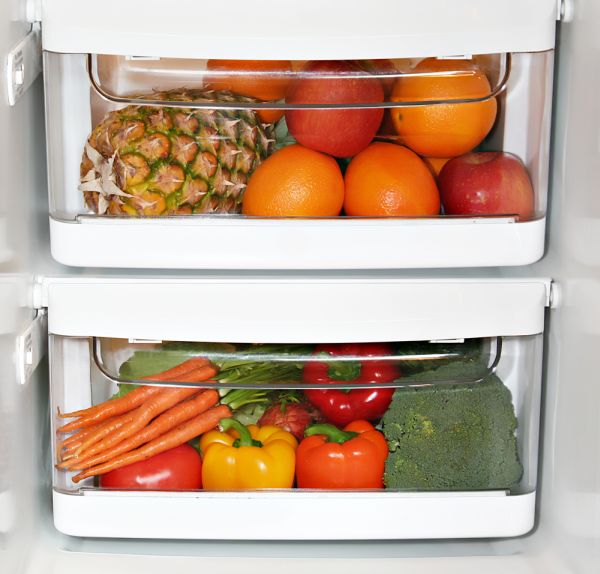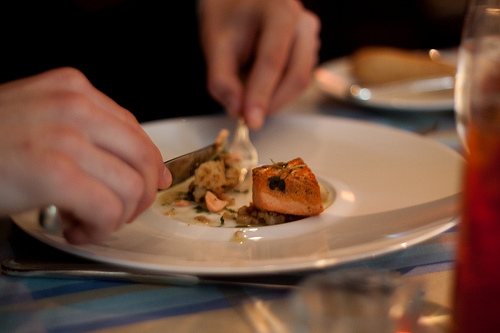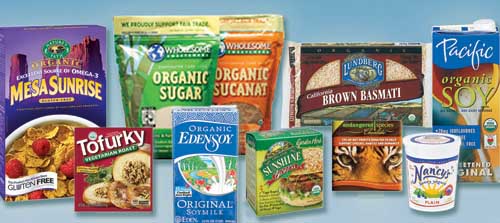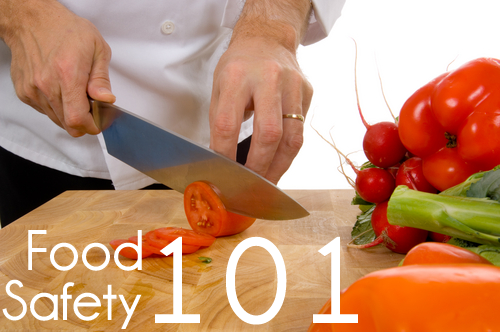Wondering what the grossest items in your kitchen are? No? I don’t blame you. It’s not something I like to think about, either. Fortunately, there are professionals who concern themselves with gross stuff and they’re willing to tell us about it.
NSF International went to the homes of twenty volunteers and tested fourteen kitchen items for e.coli, salmonella, listeria, mold, and yeast. The five grossest items were things that regularly come into contact with food and simply weren’t cleaned carefully enough, but anything that food or people touch can become contaminated and needs to be cleaned regularly.
Refrigerator compartments. Those handy drawers that help us organize our food get dirty fast. These were the germiest items in the study. This one didn’t surprise me. With a steady flow of fresh fruits, vegetables, meats, and eggs, the potential for contamination is high. The researchers found salmonella, listeria, e.coli, yeast, and molds in the compartments. To clean them, remove the drawer from the fridge, if possible. Wash it with soap and warm water, paying special attention to the corners and any ridges. Dry it thoroughly before returning it to the fridge.
Blender. Blenders made it to the top of the list because many people simply wash out the blender jar without disassembling it. Stuff gets underneath the gasket and into the threads of the locking ring. To clean, unscrew the locking ring from the bottom of the blender jar. Put the jar, lid, locking ring, gasket, and blade into the dishwasher. Wipe the base of the blender and the cord with a clean cloth. Because the base contains the motor, never submerge it in water or put it in the dishwasher.
Can opener. The gears can get really gunky on a can opener. Can openers had salmonella, e.coli, yeast, and mold on them. A lot of can openers can be placed in the dishwasher. For hand washing, pay special attention to the cutting blades and the gears.
Rubber spatula. I confess this one mystifies me. E.coli, yeast, and mold were found on rubber spatulas. The study subjects apparently didn’t wash their cooking utensils after each use. I’ve had roommates who were in deep denial about the gunk-collecting abilities of kitchen appliances, but I’ve never had to argue about washing utensils.
Food storage containers. While the containers themselves are usually easy to clean, the lids often have grooves where they seal onto the container. Take extra care when washing inside the grooves on the lids as well as the places on the container where the lid contacts. Soap and water will take care of food particles and germs in there.
Fruits and vegetables in refrigerator drawers photo via Shutterstock








